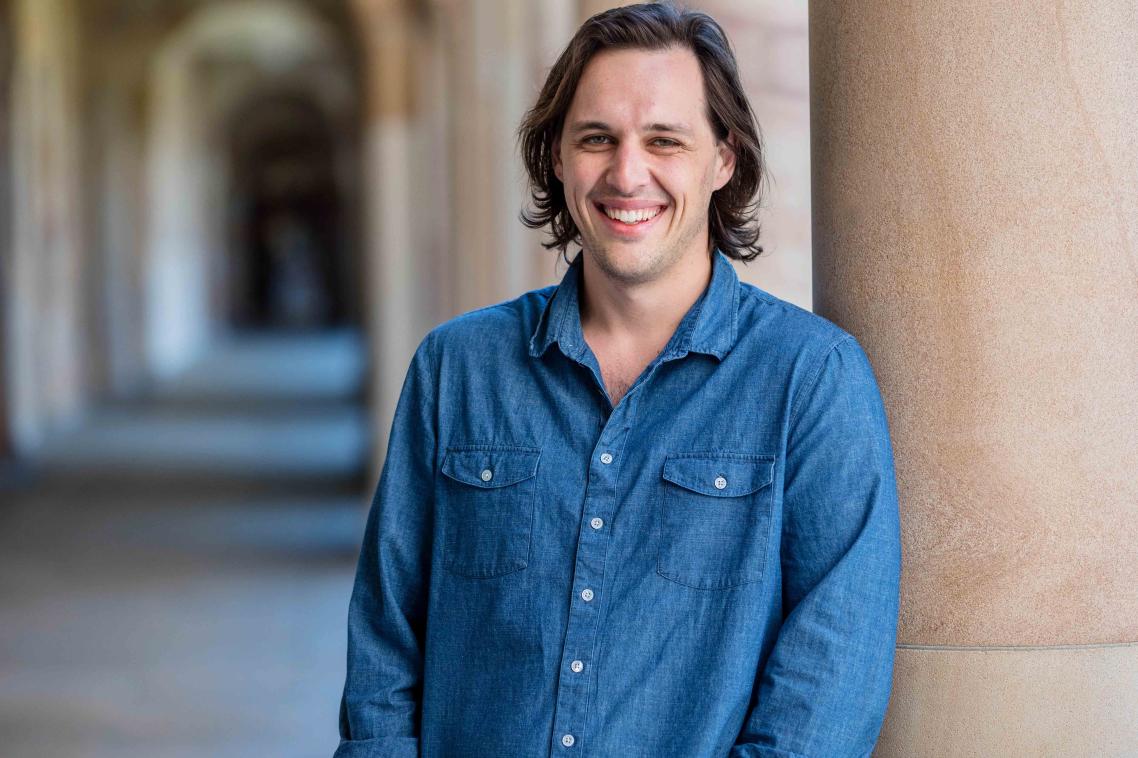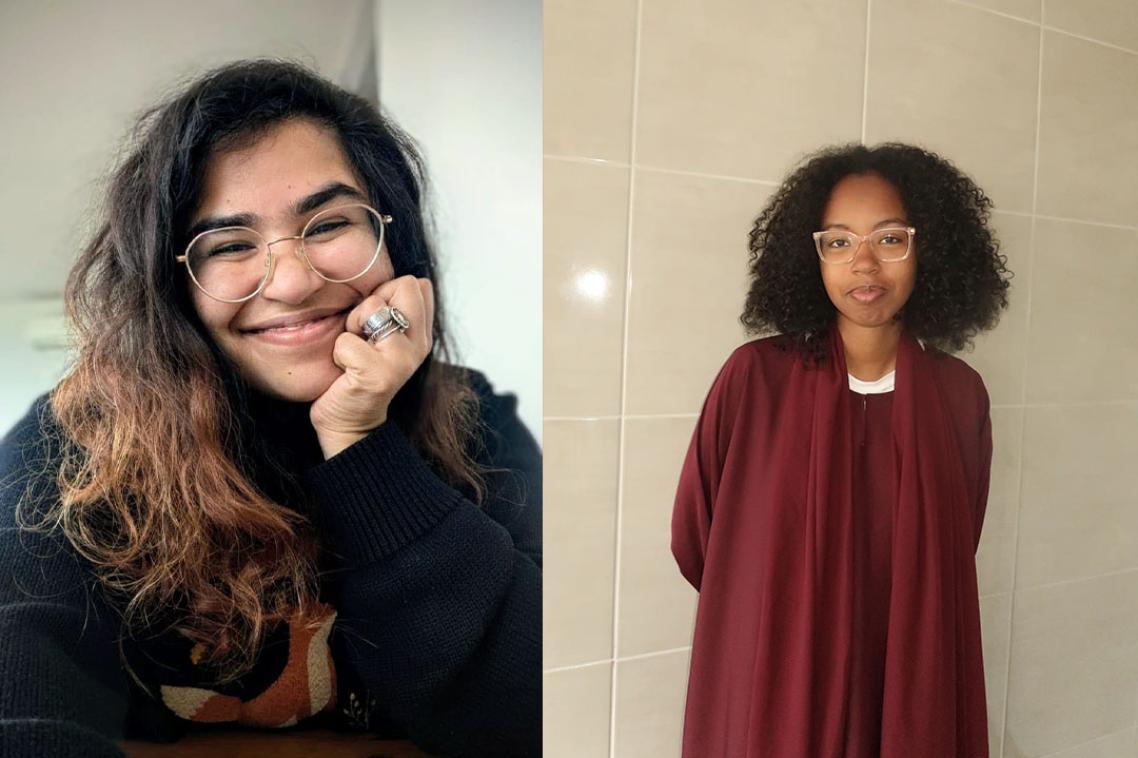Confronting Australia’s ‘history in chains’

Combing archives for information on the use of restraints on Indigenous Australians led University of Queensland scholar Max Brierty to reflect on his family’s experiences.
“My PhD thesis traces the history of the use of restraints against Aboriginal people from 1788 through to the present and demonstrates in unmistakable terms that the restraint of Aboriginal people has been central to Australia’s colonisation and occupation,” Mr Brierty said.
“It has also allowed me to reflect on my own family’s story, which is likely one that is shared by many Aboriginal families.”
Mr Brierty, a descendent of Kullilli People, said researching the violence of Australia’s colonisation and occupation was confronting and challenging.
“Archives are full of images of Aboriginal men and boys in ‘neck chains’, which settlers throughout Australia used in the 19th and 20th centuries,” he said.
“Authorities stopped using neck chains once automobiles became commonplace, but my research shows their use also waned because other forms of restraint took hold through ‘protection and assimilation’ policies.”
Mr Brierty said his research demonstrated that through the entire history of colonialism, there was never a time when restraint was not used against Indigenous people.
“Looking back in history, it appears likely that without physical restraint of Indigenous people, colonisation and occupation may never have been able to occur in Australia, and if it did it would have been fundamentally different,” he said.
Mr Brierty said his was his family’s first generation since 1897 not ruled by “protection” policies and legislation, which was dismantled when his father was a boy.
“I first learned about the use of restraints on Aboriginal people as part of colonialism in Australia when I visited my Auntie Shirley when I was a boy,” said Mr Brierty.
“She said my family members and other Kullilli people were captured by the police and made to walk nearly 1000km to be detained at Cherbourg.”
“I knew then that my family’s story was shared by many Aboriginal people, and the use of restraints against Aboriginal people throughout the history of colonialism has weighed on my mind ever since,” he said.
Mr Brierty’s thesis explored why chains and other forms of restraint have continued to be used on Indigenous people.
“There are a huge number of Indigenous people are in prison and youth detention centres and Aboriginal and Torres Strait Islander people have become the most incarcerated population in the world,” he said.
“In addressing the current issues of incarceration, we can’t ignore the history of the use of restraints, which has been happening since 1788.”
Mr Brierty is a Poche scholar at UQ, where the Poche Centre for Indigenous Health brings together Indigenous and health expertise from across the University and works collaboratively with Indigenous community organisations and health providers to improve health outcomes for Aboriginal and Torres Strait Islander people.
Media: Max Brierty, s4296376@student.uq.edu.au +61 431 606 508.
Topics
Related articles

UQP announces winners of Mentorship Prize for under-represented writers

Help needed for students without university-educated parents
Media contact
UQ Communications
communications@uq.edu.au
+61 429 056 139
